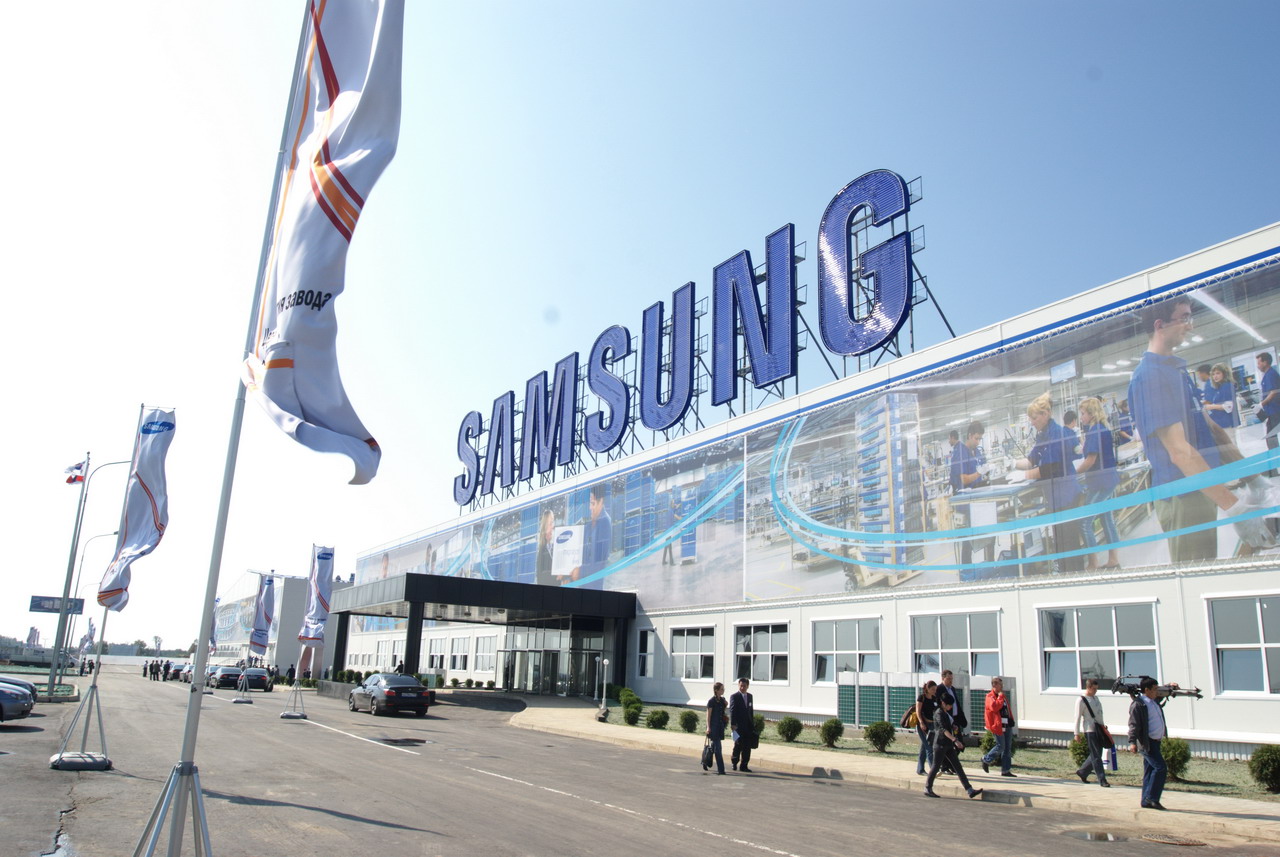
It's tough to comprehend the sheer size of the operation Samsung has in mind. The lot of land it acquired for the venture, for example, measures in at 2.89 million square meters — around the size of 400 American football pitches. Right now, that's home to one manufacturing warehouse, but Samsung is looking to build another two in the future; though no plans have been announced.
“Although prices of DRAM and NAND flash chips experienced fall in the first quarter, Samsung didn’t scale down its investment plans,” an industry official told The Korea Herald on March 17. “Senior company officials are predicting the demand will pick up in the second half of this year and continue to rise rapidly next year.”
As I mentioned earlier, the future of the memory market is uncertain. Prices for DRAM and NAND modules fell in Q1 of 2019 on the back of a lack of demand. Some experts believe that will rocket in H2 of 2019 as manufacturers start to upscale production of their second wave of flagship smartphones, as well as more unique supplementary offerings, such as those with foldable screens.
Samsung is looking to put itself in the position where it doesn't have to turn down orders when they start arriving in H2 of 2019 for H1 of 2020; it will have the manufacturing equipment to keep up, thus helping it retain its title as the leading memory manufacturer, while also putting some head-space between itself and the competition, as it looks to regulate supply and demand.


















